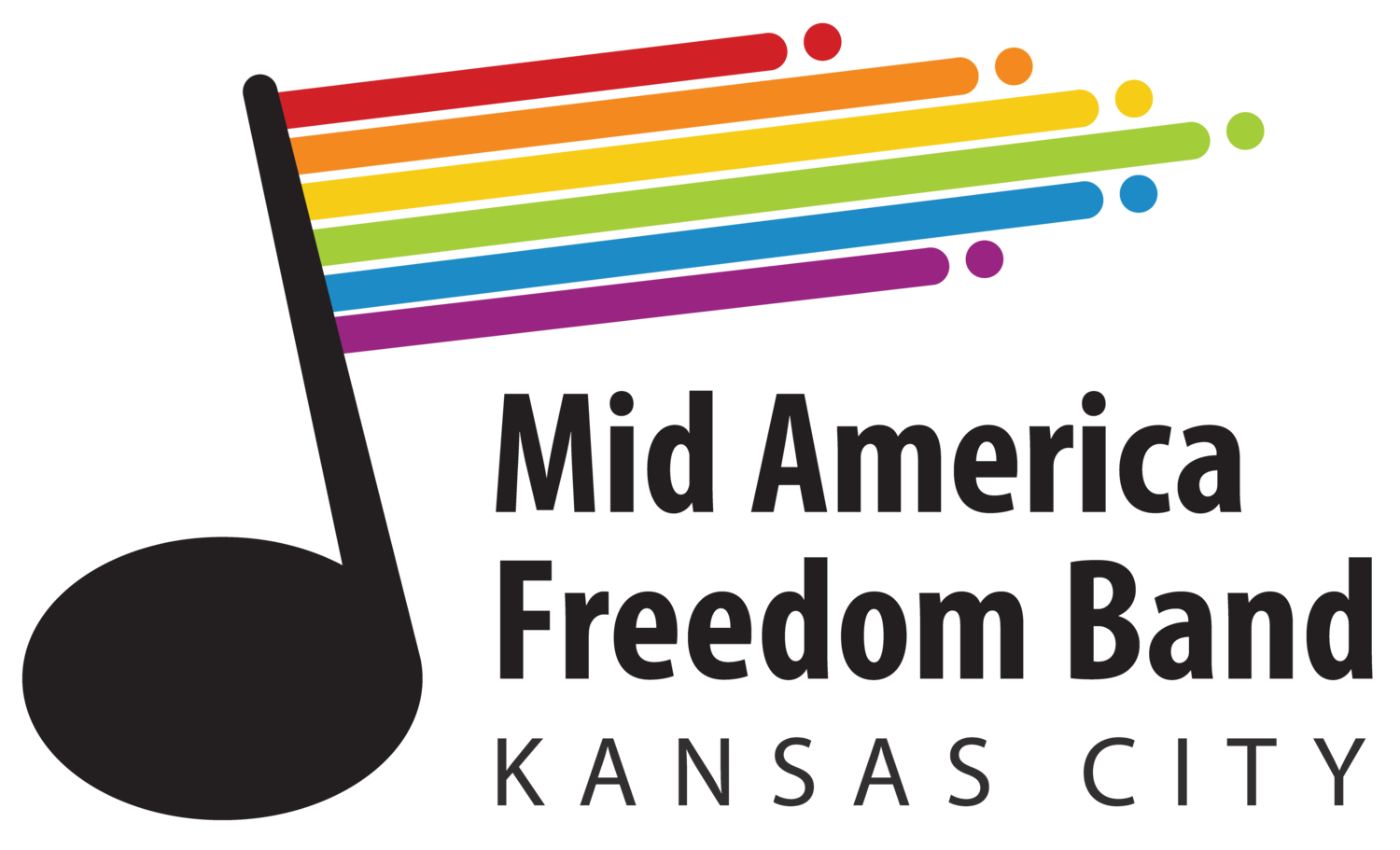MAFB’s spring concert is all about feathered friends, our favorite pollinators, and, of course, babies and rebirth! Charles Griffes’ impressionist The White Peacock, Igor Stravinsky’s dynamic Firebird, John Williams’ Jurassic Park, and Shuying Li’s Last Hive Mind II take center stage but keep an ear out for a little baby elephant walking by as well!
About the Program
John Williams: Jurassic Park
Jurassic Park is heralded as one of John Williams’ most iconic scores alongside Jaws, Star Wars, Close Encounters of a Third Kind, E.T., and Indiana Jones. In an egregious Oscar slight, the score wasn’t even nominated in its eligible year of 1993 and instead the award went to another impressive Williams’ score, Schindler’s List.
Gary Kuo: Wingspan
Wingspan is a portrayal of the magic, majesty, and beauty of flight by American composer Gary Kuo. A winner of six Emmy awards for his work in television, Gary was commissioned to produce a new work for horn and wind band and the work received its premiere by Canadian Brass hornist Jeffrey Nelsen.
Charles Tomlinson Griffes: The White Peacock
The White Peacock was originally composed in 1915 for solo piano as part of the piano suite Four Roman Sketches. However, in 1919 Griffes orchestrated the music for a ballet. Griffes titled the piece after visiting a zoo in Berlin where he wrote, “among the peacocks, was a pure white one – very curious.”
Igor Stravinsky: The Firebird
The Firebird was Stravinsky’s first large-scale commission, and, being an overnight hit, resulted in two more ballets Petrushka and The Rite of Spring. The story of The Firebird is the tale of Prince Ivan in the realm of the immortal King Katschai, a realm he enters quite unwittingly while lost in the forest. As he happens upon an enchanted garden, he spies and captures a luminous creature, the Firebird, half-bird, half-woman. He is startled by her brilliance and beauty, and releases her, in exchange for which he is given a magical feather. Next, the prince spies thirteen princesses and falls in love with Elena, the most beautiful. The prince follows the maidens to the palace after celebrating into the night, where guards capture him. With his magic feather, he summons the Firebird, and the king, along with the palace creatures, puts on an “infernal dance” unto exhaustion under the Firebird’s spell. The Firebird relates the secret of Katschai’s immortality to Prince Ivan (his soul is shielded in a magic egg), and Ivan is able to free the princesses from their enchantment. The “Finale” celebrates the union of Ivan and Elena and, of course, the death of the antagonists.
Günter Noris: Penguin Quickstep
The quickstep is a light-hearted dance of the standard ballroom dances. The movement of the dance is fast and powerfully flowing and sprinkled with syncopations. The upbeat melodies that quickstep is danced to make it suitable for both formal and informal events. Quickstep was developed in the 1920s in New York City and was first danced by Black Americans. Its origins are in combination of slow foxtrot combined with the Charleston, a dance which was one of the precursors to what today is called swing dancing.
Nikolai Rimsky-Korsakov: Flight of the Bumblebee
Flight of the Bumblebee is an orchestral interlude written by Nikolai Rimsky-Korsakov for his opera The Tale of Tsar Saltan, composed in 1899–1900. The piece closes Act III, Tableau 1, during which the magic Swan-Bird changes Prince Gvidon Saltanovich (the Tsar's son) into an insect so that he can fly away to visit his father (who does not know that he is alive). Although in the opera the Swan-Bird sings during the first part of the "Flight", her vocal line is melodically uninvolved and easily omitted; this feature, combined with the fact that the number decisively closes the scene, made easy extraction as an orchestral concerto piece possible.
Shuying Li: The Last Hivemind II
Inspired by the British TV series Black Mirror, and the general idea of recent increasing debate around artificial intelligence and how it will affect our daily lives as human beings, Shuying Li put some of her thoughts, perspectives, and imagination into this work. As the title indicates, The Last Hivemind II depicts the struggle between the artificial intelligence, of the hive mind, and the dimming humanity; furthermore, the work implies the final collapses and the breakdown of the last hive mind followed by its triumph.
Leonard Bernstein: Turkey Trot
Turkey Trot is a vignette based on two notes: B, for Boston and C, for Centennial from the larger work, Divertimento. Most of the movements in the piece are brief dances of varying character, from wistful to swaggering; Turkey Trot is one of the humorous ones.
Harry Gregson-Williams and John Powell: Chicken Run
Chicken Run was a 2000 British stop-motion animated comedy film in partnership with Dream Works. The plot centers on a band of chickens who are desperately trying to escape from their pens and certain death as components of the McCreedy Chicken Pot Pie factory. They eventually succeed with the help of Rocky, a smooth-talking rooster.
Erika Svanoe: Tutued Toucan Can-Can
The majestic and noble toucan dons its tutu and prepares for its grand entrance. What will the toucan ballet entail? Nimble hops on delicate legs? Short but graceful flights across the stage? Rousing kicks? Dramatic splits? Perhaps the grand movement of its large, brightly colored beak would be the most effective use of its greatest asset. The toucan, inspired by other great birds of ballet, enters the stage, and begins to dance.

